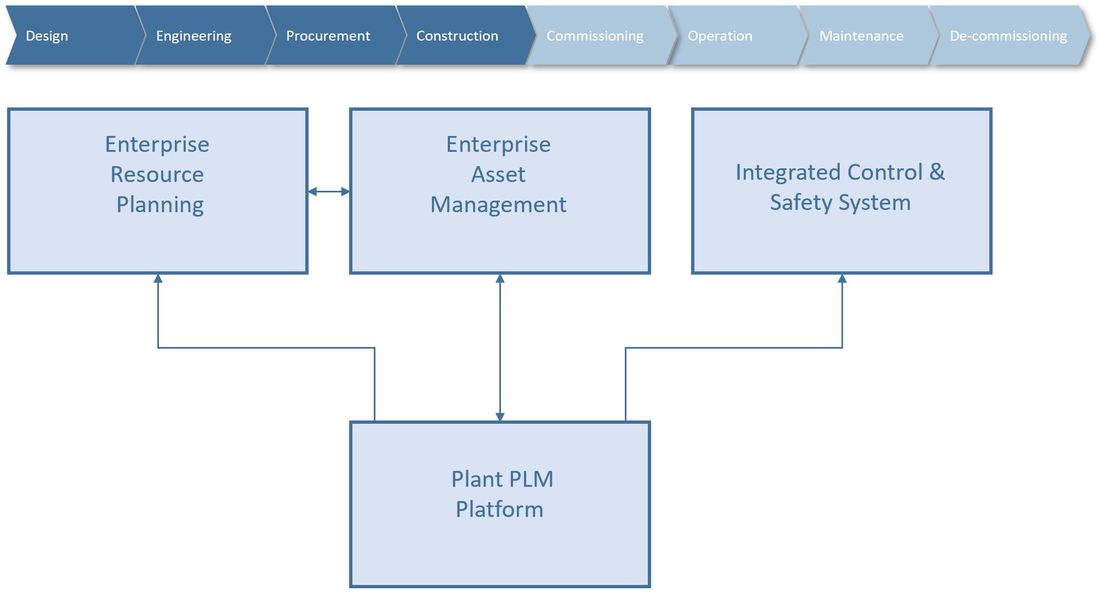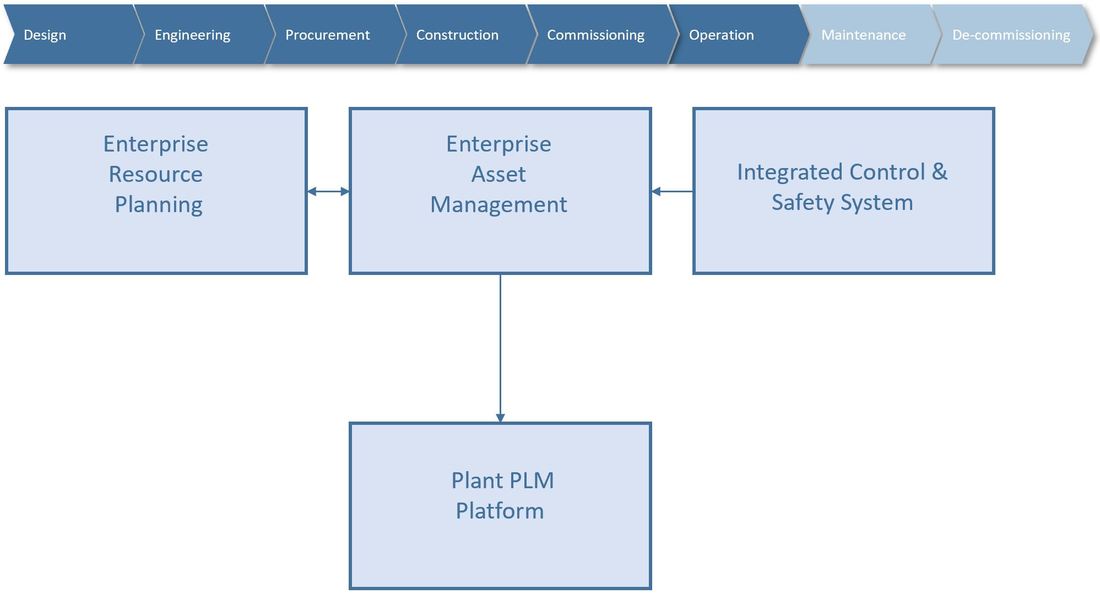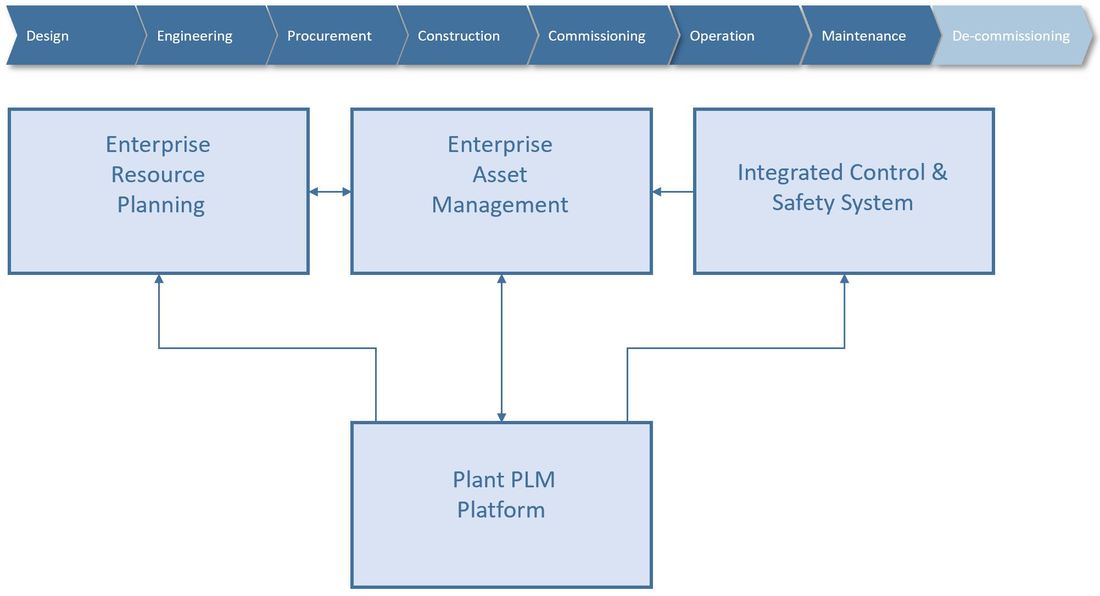This article is a continuation of "From data silos to data flow - part 1" where data flow need between main systems during the engineering, procurement and construction phases were discussed.
The next step is to make the Integrated Control & Safety system aware of the installed assets, and make the connections with all signals that needs to be monitored and controlled. This information can be fed from the consolidated data set in the Plant PLM platform into for instance the cable registry of the Integrated Control & Safety System where the physical cables with their tags are “mated”, checked and tested towards the programmed signals going through the cable to be monitored and controlled.
The next step is to make the Integrated Control & Safety system aware of the installed assets, and make the connections with all signals that needs to be monitored and controlled. This information can be fed from the consolidated data set in the Plant PLM platform into for instance the cable registry of the Integrated Control & Safety System where the physical cables with their tags are “mated”, checked and tested towards the programmed signals going through the cable to be monitored and controlled.
Commissioning is easier to perform when comparing data sets between the Tag requirements and the installed asset in the EAM system as opposed to a traditional document centric process. There is however one important pre-requisite, and that is that the data shares the same definition. What do I mean by that? Well that “stuff” is called the same thing both on the tag side and the physical asset side. In other words, there needs to be interoperability across the information sources. In operations the real benefits can be harvested as the Integrated Control & Safety System can provide data to the EAM system to enable predictive maintenance based on historical data stored there or in the Plant PLM platform.
Regular maintenance is handled by the EAM system, and information that affects the physical assets are synchronized back to the Plant PLM system, however, maintenance can also be larger feats like re-design of parts of the plant. In such a case it becomes very important to have full configuration control of the data in the Plant PLM platform, because the operator needs to operate and maintain based on the released Tag and physical asset information in the platform, whereas engineering needs to work on a new revision of the same Tag information. Both information sets needs to be monitored to check how the new design will influence future operations, and if changes in operations due to ongoing maintenance affects the design. As engineering is progressing with the new design, the information needs to follow the same cycle as described in this article until commissioning of the new and upgraded part of the plant is performed and handed over to operations.
During decommissioning planning and execution, the EAM system still serves as the “front-end” as it allows for detailed planning, execution and logging of the work breakdown structure for the decommissioning project through all work orders performed. The Plant PLM platform on the other hand can greatly aid and serve the decommissioning project with detailed historical data from As-Designed, As-Built, As-Commissioned and As-Maintained baselines. This data is important as a basis to determine what measures needs to be taken when it comes to the levels of hazardous materials currently existing in the plant and how previously used materials have been dealt with. Having such a traceability and foundation for analysis and simulation is vital both in terms of the safety aspect but also when in comes to proving to regulatory bodies that the decommissioning can and will be executed safely.
If you want to know more about what kind of information structures and data that needs to be consolidated and flow between the systems, you can find more information here:
Plant Information Management - Information Structures
Archive of articles
Bjorn Fidjeland
The header image used in this post is by Cherezoff and purchased at dreamstime.com
If you want to know more about what kind of information structures and data that needs to be consolidated and flow between the systems, you can find more information here:
Plant Information Management - Information Structures
Archive of articles
Bjorn Fidjeland
The header image used in this post is by Cherezoff and purchased at dreamstime.com





 RSS Feed
RSS Feed
